An Introduction to Buying Vintage Fishing Tackle
By our nature humans love to collect things – and can there be anything more fascinating for anglers than vintage or antique fishing tackle?
How much is it worth?
True story. A man walks into a fishing tackle show in Louisville, Kentucky with an old fishing lure in a box he had bought in a yard sale. “Is this worth much?” he humbly enquired. Wisely, he didn’t take the first offer of $1,000. He tried a few of the 600 stands – this was a BIG show – and the offers kept getting better as word got round. $10,000, $15,000, $20,000: the numbers kept growing. One dealer even offered an eight-litre V10 Dodge Viper car in exchange for that lure.
By this time, the poor chap was shaking as he tried to put the lure back into its box but he didn’t take any of the blandishments being offered. Instead, he consigned it to a New York tackle auction. The 10in copper and brass minnow, made in the 1850s by Riley Haskell, sold at that sale for $101,200 including buyer’s commission.
Everyone dreams of something like that, whether they collect stamps, browse car boot sales or spend their weekends with metal detectors, digging up tin cans. There’s probably a collecting gene in all of us. But fishing offers something unique: it boasts more accessories than all the other sports put together and it’s been around for 40,000 years or more, although the rods were a bit more primitive in those days.
Age isn’t everything
Don’t be fooled into thinking that old equals rare and lots of money. A 200-year-old book may sell for a few pounds, whereas one published in the past year could attract a four-figure sum. And don’t assume that you can give up the day job, even when you’ve acquired a smidgeon of expertise about Aerial reels, books by BB or gut-eyed flies. Here’s a funny thing: most fishing collectors who sell something for £1,000 immediately seem to dash out to spend the money on more piscatoriana.
Most collections start with the tackle you used or coveted in your youth. It might be a Mitchell 300 reel, a Mark IV carp rod bearing Richard Walker’s name or a copy of ‘Mr Crabtree Goes Fishing’ by Bernard Venables. How nice it would be to find other books by the first editorial director of ‘Angling Times’ and the man who drew tens of thousands into fishing, you think. (The Crabtree book sold over two million copies.) Younger readers, depending on their persuasion, might seek a Hardy Smuggler fly rod, a cased fish from their local river, carp books by doyens of the sport or salmon flies by the wonderful Scottish tyer Megan Boyd. And so it starts…
Be warned: very few collectors stop at one!
Be warned: very few collectors stop at one! If you’ve paid for a 30lb carved Tay salmon from your favourite stretch, will you really not be tempted when a 40-pounder from the very same water comes up for sale? And then you hear about (whisper it) a 50lb fish caught by a distant relation that the owner might part with…
Perhaps you’d like to find a less battered version of the Hardy Altex No1 that your grandfather handed down to you. All you find is a very nice Altex No2 in its box. not quite what you wanted, but you buy it anyway. At the same time, you discover that it was made from 1932-66 in three sizes and various versions, as well as left and right-hand. Suddenly, you own 10 different Altexes and you’re looking for more!
One name reigns supreme
If you fancy collecting, one name reigns supreme: Hardy, the venerable Alnwick firm that has been making quality tackle for 150 years. Almost anything bearing its stamp will prove a good investment, even modern limited-edition reproductions of its classic reels. Its annual Hardy Guides are collectable too, especially those pre-1930.
These also give a great idea of the vast range of tackle the company produced, from fishing knives, which are very collectable, to fly boxes, bait kettles and even harpoons. Its fly reels are the stars here, like the Cascapedia – one of which just sold at auction for £24,000 – and the Perfect which was launched in 1890 and only ceased production in 1995.
The other great British name is Allcock of Redditch, once the world’s largest tackle maker and probably best known for its ground-breaking Aerial reel. (You won’t believe how many variations in both size and style were produced.) All are collectable, but the earliest ones, especially the Coxon Arial with a wooden back, are always popular.
Outside the British Isles, two names leap out: Abu and Mitchell. For many people, a Mitchell 300 was their first “proper” reel and it’s wonderful to be reunited with one. I personally can remember paying my pocket money to a local tackle dealer for weeks before I experienced that golden moment of actually owning one. But Mitchell produced more than 20 million of them, so don’t expect your old 300 to be worth more than £20 or so unless it’s still unmarked in its original box.
Condition is paramount
For many, eBay is the first place to look. It’s a great source to get an idea of value. But don’t assume that a rod you may own, being offered on the website for £200, is worth that. Condition is paramount. And did it really sell for that? Be wary of items with just single bids. There are some dishonest people online…
Two companies run major fishing auctions each year: Mullock Jones of Telford (www.mullocksauctions.co.uk) holds three sales a year with more than 1,000 lots, offering a vast range covering everything from carp reels to creels, from fly boxes to frog lures. The sale for the very finest tackle is Angling Auctions (www.anglingauctions.com), whose two events in April and October uncover many very rare items. Its latest sale, as I write, is the one which sold the Hardy Cascapedia for £24,000.
Both of these auction houses issue excellent catalogues and have experts cataloguing the items, so they are usually as described online. (The auction world seems to be almost entirely online now).
Provincial salerooms
Several provincial salerooms such as Southern Counties of Salisbury www.netherhamptonsalerooms.com; Tennants of Leyburn, North Yorkshire www.tennants.co.uk and Moore Allen & Innocent of Cirencester www.mooreallen.co.uk all hold regular sporting sales with a fishing content.
Buying at your local auction, which sells everything from decorative jewellery to old toys, often means that the description may not always be accurate. A weekly sale that relies on house clearances might well turn up some interesting items, but unless you have a talent for repair, don’t buy something that has missing parts unless you’re sure those bits are actually available.
Two things to remember about buying at auction: the price you bid will not include buyer’s commission, which can be as high at 30%, and you will probably have to pay extra to have it posted to you unless you’re living locally and can collect. So a rod you ‘won’ for £100 could end up costing you more than £150.
Tackle fairs are a safer starting point for beginners. There are two worth attending: the twice-yearly show held at Redditch Sports Centre in the Midlands and the Romsey Fishing Tackle Fair at Romsey, Hampshire.
How to find out more
Two online websites are well worth monitoring: Vintage Fishing Tackle vintagefishingtackle.co.uk and Thomas Turner Fishing Antiques www.thomasturner.com. Both buy and sell modern and classic tackle, mostly of high quality. These are good sites for both collectors and those who want to find a cane rod or older centrepin to fish with.
Several books will give you more information on older vintage fishing gear. For Hardy reels, the “Bible” is John Drewett’s ‘Hardy Brothers: The Masters, the Men and their Reels’. The comprehensive Graham Turner’s ‘Fishing Tackle: A Collector’s Guide’ can often be picked up at auction for £20-30, though his later ‘Fishing Tackle: The Ultimate Collectors’ Guide’ is more comprehensive. ‘The Hardy Book of the Reel’ by David Stanley is very good on more modern Hardys.
The best work on cased fish is undoubtedly ‘The Domesday Book of English Fish Taxidermists‘ by Barry Williams, while lure collectors need ‘The Hardy Book of the Lure’ by David Stanley and Keith Harwood, or for a wider perspective, Chris Sandford’s ‘The Best of British Baits’.
On the subject of books, the best place to shop is Coch y Bonddu Books www.anglebooks.com. It holds the world’s largest range of modern and collectable titles, and gives a good guide to values. Basically, a book needs its dust jacket to hold any value unless it’s very old or very rare. Books signed by the author make more money.
Keith’s own ‘Classic Angling’ magazine https://classicangling.co.uk and website is a great resource for those interested in collecting vintage fishing tackle. The magazine is the world’s largest full-colour magazine on collecting and using classic tackle and the history of fishing and is where top authors write on lures, rods, reels, art, books, fish, people and places.
Similar articles
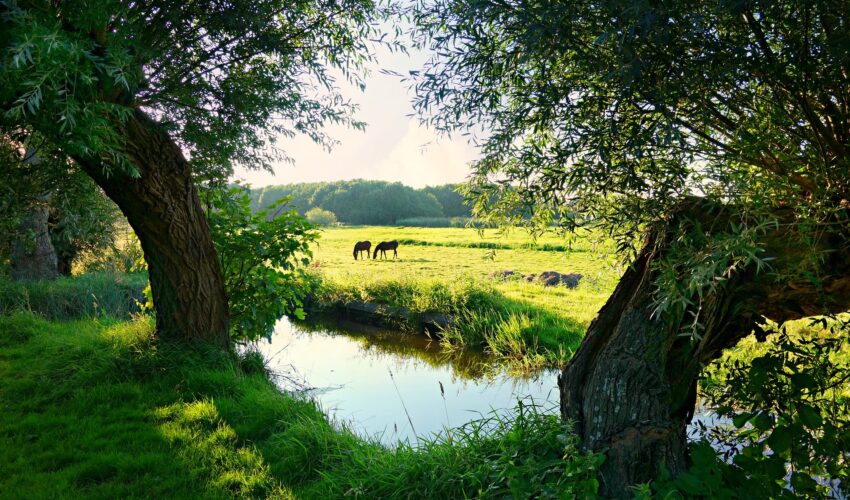
River Fishing – A guide to getting started
Are you thinking of going for a trip to the river in 2025 but find yourself filled with trepidation because you have never fished running water before? Well I want you to relax. Let us take the mysteries out of…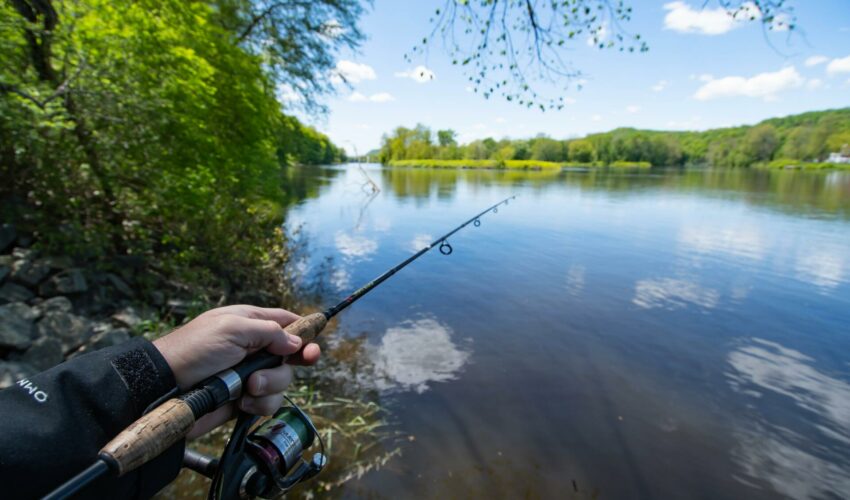
A guide to fishing licences in 2025
Whether you want to become a new angler or you’ve been fishing for years, you will be required to obtain the Environment Agency Rod Licence. In this article we explain what you’ll need if you want to go fishing in…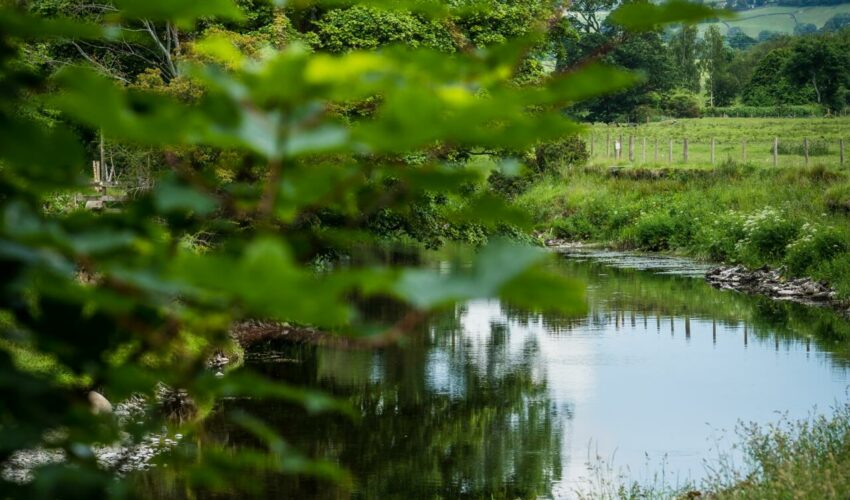
Make the most of the 2025 river season with this in-depth guide to fishing rivers
If you’re new to fishing rivers, or just fancy a change from fishing stillwaters, this guide will help you make the most of the new 2025 river fishing season. With advice on reading the water, what species to fish for…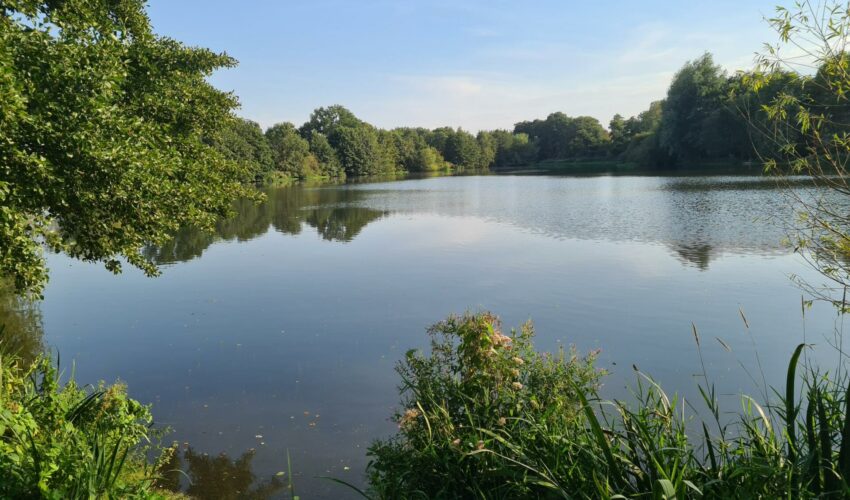
Our guide to fishing this spring (2025)
With the worst of the weather over (we hope!) and with spring finally here, it’s time to clean out that tackle box and get on the bank for some spring time fishing.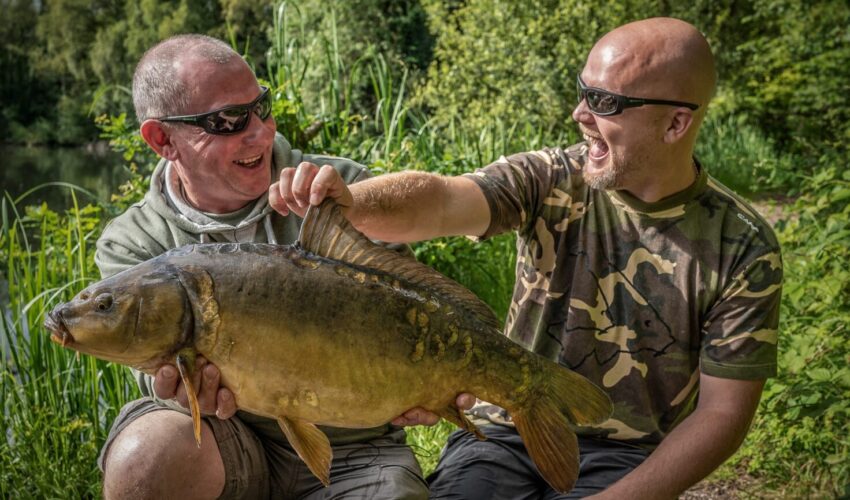
Take a friend fishing
Get ready to hit the water! From April 18th to May 4th, 2025, you can get a free fishing license to take a buddy out and show them what fishing’s all about. Yep, free! It’s all part of the “Take…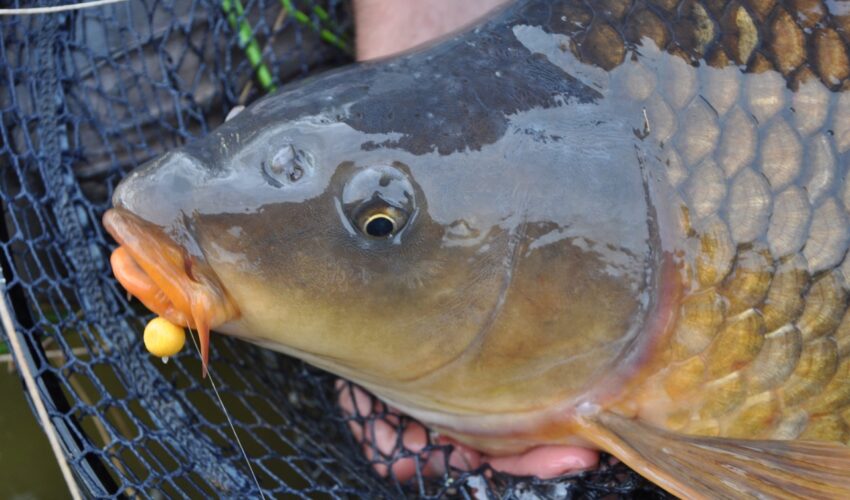
Fishing tips for hard days: How to get more bites
It happens to the best of anglers. Whether conditions are tough, the fish are moody, or our plans simply aren’t working, there are days we struggle. But what can you do to catch fish that seem unwilling to cooperate? There’s…Search by Region or County
Find new places to go fishing in your local area or county by choosing your destination below









Comments